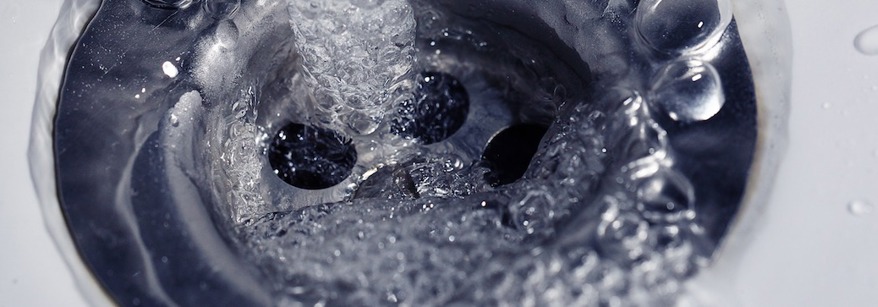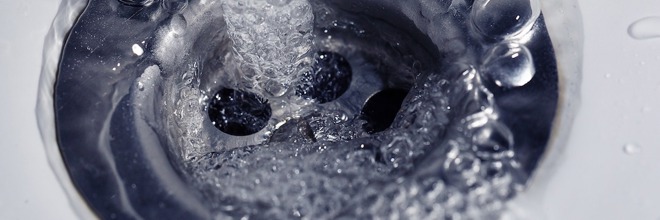Since 2005 many advanced (aerobic) wastewater treatment systems (also known as On-site effluent treatment or OSET) have gone through the trial facility established by Bay of Plenty Regional Council in conjunction with Waikato Regional Council and Rotorua District Council and now operated by Rotorua District Council, to determine which system could meet the approved standard.
The table below highlights the systems approved for installation in the Rotorua lakes' catchments. All systems shown may be installed elsewhere in the Bay of Plenty, however conventional septic tanks are still permitted in most areas outside Rotorua lake catchments. Unless there is a council sewerage scheme planned for your area, any new septic systems installed into the Rotorua catchment must be of an approved model or a resource consent needs to be obtained.
| Trial 1 (2005-2006)* See Trial 1 Note below | Approved for installation in Rotorua Catchments | Irrigation Pump included in test? | Measured power use (kWh) per day? | Equivalent annual power cost |
|---|---|---|---|---|
| Devan Blue DB900NRS | - | Yes | 6.3 | $517 |
| Hynds Lifestyle | - | Yes | 1.7 | $140 |
| Innoflow AdvanTex Ax20 | - | No | 0.6 | $49 |
| Oasis Membrane MBR | - | Yes | 7.3 | $600 |
| Smith and Loveless (Microfast 0.5) | - | No | 7.2 | $591 |
| Biolytix BF6 2500 PAT | - | Yes?1 | 0.2 | $16 |
| Supertreat SB440 (N12) | - | Yes | 10.8 | $887 |
| Waipapa Tanks Nitro-Treat P-N-12-2 (refer to Note A) | - | - | - | - |
| Trial 2 (2006-2007) | Approved for installation in Rotorua Catchments | Irrigation Pump included in test? | Measured power use (kWh) per day? | Equivalent annual power cost |
|---|---|---|---|---|
| Bio-Microbics MicroFAST 0.9 | - | Yes | 8.9 | $731 |
| Devan Blue 9000NRS | - | Yes | 2.7 | $222 |
| Hynds Lifestyle Ultimate | - | Yes1 | 2.2 | $181 |
| Reflection Textile EW | - | Yes1 | 2.5 | $205 |
| RX Plastics Airtech 9000 NR | - | Yes | 5.3 | $435 |
| RX Plastics Airtech 9000 | - | Yes | 4.9 | $402 |
| Waipapa Tanks Econo Treat P-10-2 | - | Yes | 1.3 | $107 |
| Trial 3 (2007 - 2008) | Approved for installation in Rotorua Catchments | Irrigation Pump included in test? | Measured power use (kWh) per day? | Equivalent annual power cost |
|---|---|---|---|---|
| Biocycle 6300 | - | Yes | 2.5 | $205 |
| Innoflow AdvanTex AX20 | Yes | Yes | 1.1 | $90 |
| Oasis Clearwater S2000 | Yes | Yes | 2.0 | $162 |
| Waipapa Tanks Maxi-Treat MV-C3000 | Yes | Yes | 8.4 |
$690 |
| Trial 4 (2007-2008) See Trial 4 note below | Approved for installation in Rotorua Catchments | Irrigation Pump included in test? | Measured power use (kWh) per day? | Equivalent annual power cost |
|---|---|---|---|---|
| WaterGurus NovaClear | - | Yes | 4.6 | $378 |
| Humes FR1 | Yes | Yes | 5.2 | $427 |
| Hynds Lifestyle | Yes | Yes | 1.8 | $148 |
| Waipapa Tanks Econo-Treat VBB C-2200-2 | Yes | Yes | 1.8 | $148 |
The On-Site Effluent Treatment (OSET) National Testing Programme (NTP) has now been taken over by WaterNZ.
Trial 1 Note
In early 2009 Bay of Plenty Regional Council decided to no longer recognise the results of Trial 1 in approving waste water treatment systems for installation in our region. Trial 1 had a number of limitations in terms of flow variability which may have influenced systems' performance. The current trial facility has undergone a complete rebuild since the early days and now has very robust systems in place to ensure a high degree of flow uniformity and consistency.
Note 'A'
This system is almost identical to the trialled SuperTreat SB440(N12), however it is marketed by Waipapa Tanks and includes a modified venturi (pat pend) for improved energy efficiency.
Notes on Power Use
- The irrigation pump trialled in the Reflection treatment system is too small for most irrigation applications. The electricity use in a Biolytix treatment system in a typical household setup totals about 0.6 kWh per day. Electricity use by irrigation pumps associated with household wastewater treatment systems is around 0.5 kWh per 1000 litres (i.e. approximate average household daily flow). This will vary depending on pump efficiency, difference in elevation, distance to irrigated area, pipe size etc.
- The electricity usage figures presented need to be treated with caution. Various factors could influence them including blockages and pump efficiency. Note that only some systems included irrigation pumps in the trial.
- The annual power cost was calculated using a nominal cost per kWh of 20 cents plus GST. The exact cost will vary depending on the region, pricing plan and discounts available.
Trial 4 Note
Trial 4 testing was the first full trial under OSET NTP supervision. SWANS-MAG Trial 4 and subsequent audit reports are available on request through the individual companies. Company contact details are available from the WaterNZ website.
These comparative results reports are not publicly available as they are restricted to Funding Partners only. However, the performance certificates are available to the public at the WaterNZ website.
Other factors to consider:
Visit our page about choosing a system.
If you want to install an advanced system, Rule 13 of the On-site Effluent Treatment Regional Plan applies.
Existing conventional septic tank systems in Rotorua Lakes' catchments
Refer to Rule 2 of the On-Site Effluent Treatment Regional Plan for more information.


